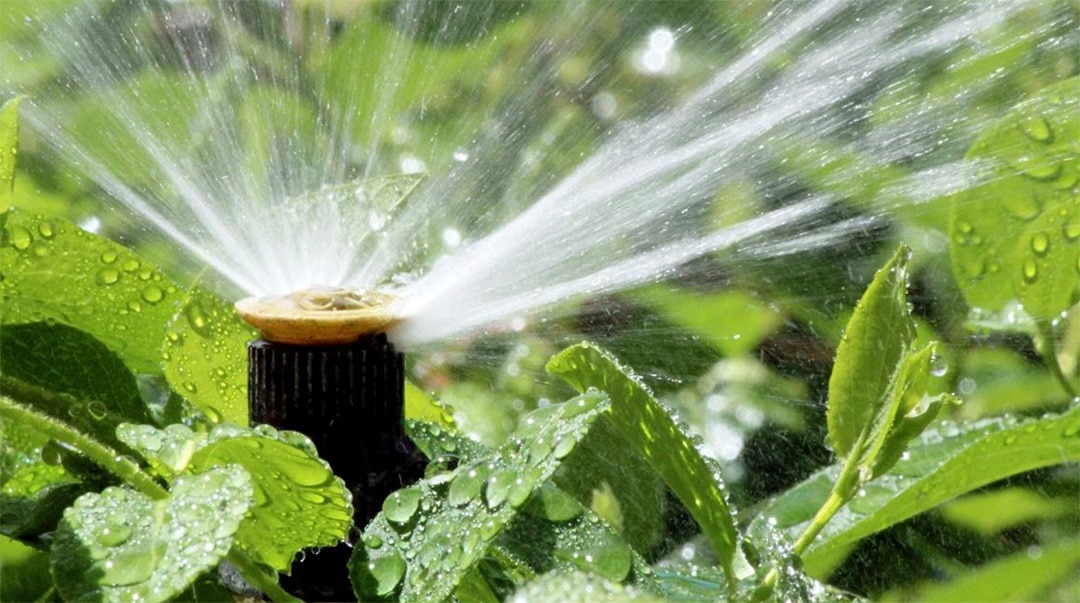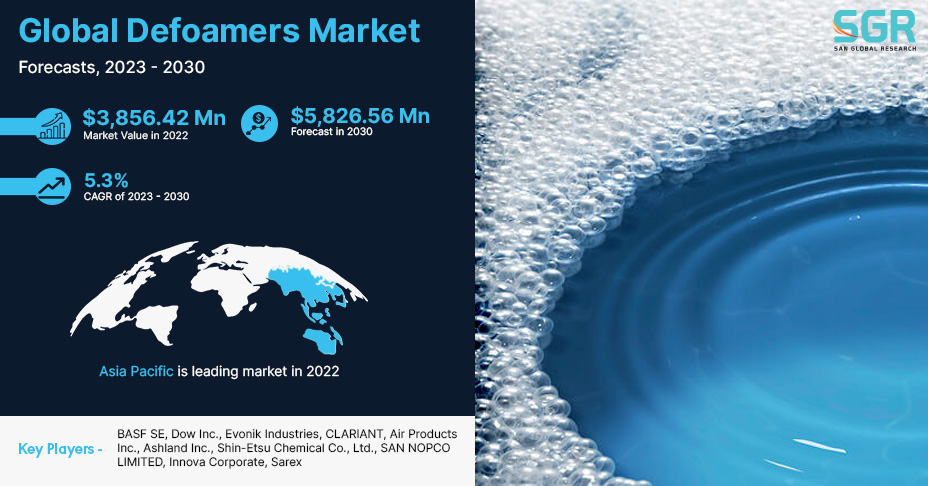A Guide to Understanding the Different Types of Defoamers Available
Selecting the Right Defoamer for Your Details Application Needs
Selecting the proper defoamer for specific application needs is a nuanced procedure that demands cautious factor to consider of several factors, such as the foam operating, medium, and type conditions. Understanding the subtleties of defoamer efficiency-- consisting of rate and perseverance-- while also accounting for environmental and governing variables is vital.
Recognizing Foam Development
Foam development takes place when gas is caught within a liquid, producing a secure structure of bubbles. This phenomenon can considerably affect various commercial processes, especially in fields such as food manufacturing, drugs, and wastewater treatment. The presence of foam can impede blending, lower item top quality, and even bring about operational ineffectiveness.
Foam typically forms because of a combination of variables, including surface-active representatives, anxiety, and the attributes of the fluid stage. Surfactants lower the surface area stress of the fluid, helping with the formation of bubbles that can stabilize and coalesce. Agitation, whether from mechanical stirring or gas intro, enhances bubble formation, leading to increased foam volume.
Recognizing the auto mechanics of foam formation is essential for markets intending to enhance their procedures. By determining the particular problems that promote foam generation, companies can execute approaches to minimize its impacts.
Sorts Of Defoamers Available
Numerous sorts of defoamers are readily available to resolve the difficulties posed by foam in commercial applications. defoamers. Generally identified, defoamers fall right into 3 groups: silicone-based, non-silicone-based, and natural defoamers
Silicone-based defoamers are renowned for their performance and stability throughout a vast array of temperatures and pH levels. They are typically used in applications where solid foam reductions is essential, such as in paints, adhesives, and coverings. Their low surface area stress permits for quick foam collapse.
Non-silicone-based defoamers, commonly made from natural substances, offer an option for applications delicate to silicone residues. These defoamers can be further divided into polyether and ester kinds, each customized to satisfy certain formula needs. Non-silicone defoamers are frequently utilized in food processing and individual care products as a result of their compatibility with numerous formulations.
All-natural defoamers, stemmed from plant or animal sources, are acquiring traction because of their eco-friendly profile. These items are specifically appealing in applications where regulatory conformity and sustainability are paramount, such as in agrochemicals and biotechnology.
Choosing the right sort of defoamer is essential for enhancing performance and ensuring compatibility with certain applications.
Trick Application Factors To Consider
When choosing a defoamer, it is crucial to consider the details application needs to make sure optimum efficiency. defoamers. Different industries have distinctive requirements, such as food handling, pharmaceuticals, or wastewater therapy, and each application might require distinct defoaming residential properties
Secret factors to evaluate consist of the medium in which the defoamer will certainly be utilized, whether it is water-based, oil-based, or a combination thereof. The temperature level and pH levels of the application can also considerably influence the effectiveness of a defoamer. In addition, compatibility with other chemicals present in the system is essential to avoid damaging responses that might compromise efficiency.
Another essential factor to consider is the lathering behavior of the particular system. Understanding whether the foam creates rapidly or gradually can assist the choice of a defoamer that targets the origin cause properly. The preferred rate of defoaming can influence the option, as some applications need rapid action while others might endure slower defoaming processes.
Lastly, regulative and ecological considerations must not be overlooked, particularly in markets with rigorous compliance demands. Selecting a defoamer that lines up with these aspects guarantees both effectiveness and safety and security in the application.

Efficiency Testing Methods
Assessing the performance of a defoamer calls for additional resources a methodical technique to testing that accurately measures its performance in specific applications. Numerous efficiency testing methods can be employed to identify the optimum defoamer for an offered solution.
One common technique is the bubble test, which assesses the defoamer's capability to minimize foam volume over time. This test entails producing a stable foam and after that including the defoamer to observe the price of foam collapse. One more method is the vibrant foam examination, where foam is produced under controlled problems to simulate real-world application circumstances. This approach gives insights right into how the defoamer performs under differing shear problems.

Inevitably, picking the ideal efficiency testing approach depends upon the particular application and the sort of foam being attended to. Each approach supplies useful data that can direct formula modifications and enhance the efficiency of the defoamer in sensible applications.
Ideal Practices for Option


Following, consider the defoamer's performance in regards to rate of activity and determination. A quick-acting defoamer might be needed for procedures where fast foam suppression is check over here crucial, while a much more persistent formulation may be needed for long term foam control. In addition, review the ecological impact of the defoamer, including its biodegradability and any type of regulative compliance needs.
Conduct trials with selected defoamers to establish their performance in real-world conditions. By sticking to these finest practices, you can improve foam control performance and make certain the durability of your processes.
Final Thought
In summary, selecting the ideal defoamer requires an extensive examination of various elements, consisting of foam type, tool, operating problems, and environmental factors to consider. Understanding the special characteristics of foam development and the available defoamer alternatives is essential. In addition, employing efficient efficiency testing techniques and sticking to best techniques throughout the option procedure will certainly pop over to this web-site enhance the probability of attaining optimal defoaming results. Ultimately, a knowledgeable option strategy will deal with details application needs and reduce lathering obstacles successfully.
Choosing the proper defoamer for particular application requirements is a nuanced process that demands careful consideration of numerous variables, such as the foam operating, kind, and tool conditions.Choosing the ideal defoamer is crucial for achieving optimal efficiency in foam control applications. A quick-acting defoamer might be needed for procedures where fast foam suppression is essential, while a more relentless solution may be needed for extended foam control.In recap, choosing the suitable defoamer necessitates a thorough analysis of various variables, consisting of foam type, tool, operating conditions, and environmental considerations. Understanding the one-of-a-kind characteristics of foam formation and the available defoamer options is important.